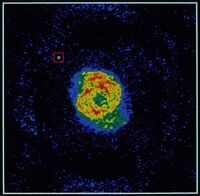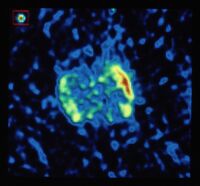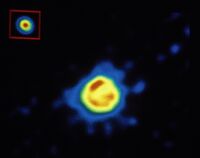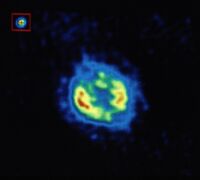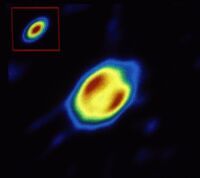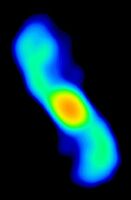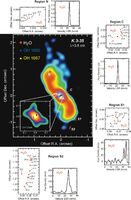Legacy Astronomical Images > Galactic Sources Series > Planetary Nebulae Unit
Description
Planetary nebulae form when the gaseous outer layers of a star have been ejected into space as the star collapses into a white dwarf. The ultraviolet radiation from the white dwarf causes the gas to fluoresce.
Collection Items
Collection Tree
- Legacy Astronomical Images
- Legacy Astronomical Images > Galactic Sources Series
- Legacy Astronomical Images > Galactic Sources Series > Planetary Nebulae Unit
- Legacy Astronomical Images > Galactic Sources Series

